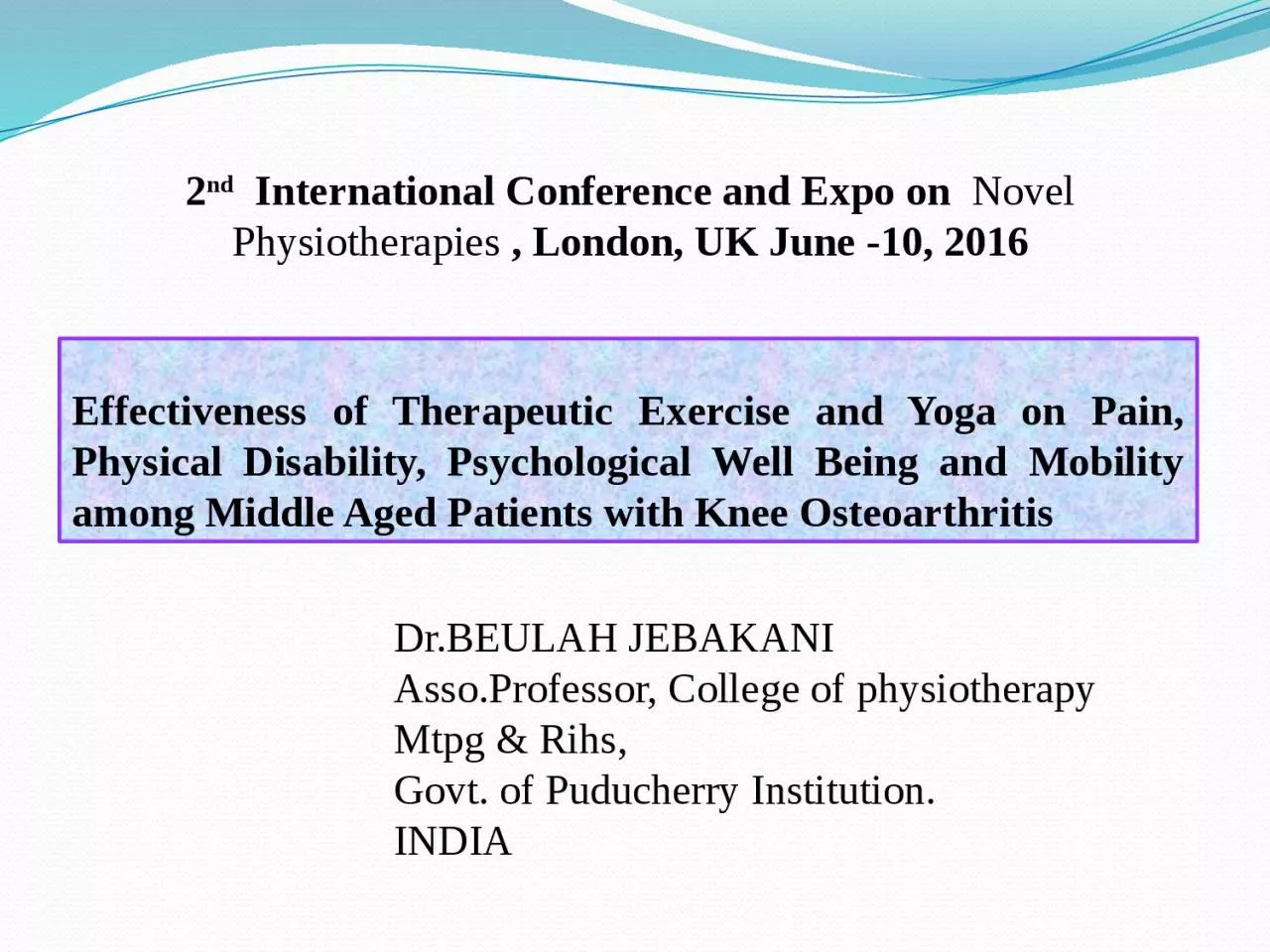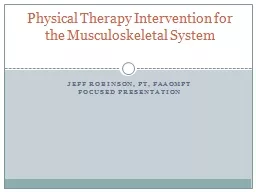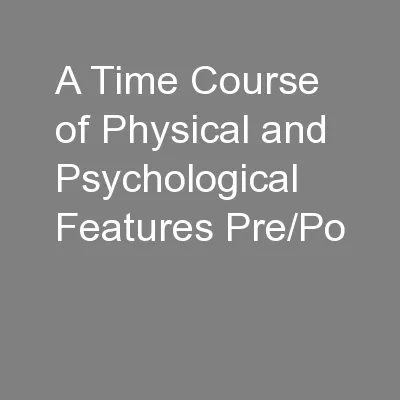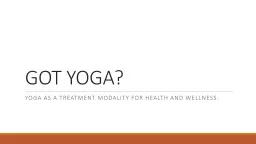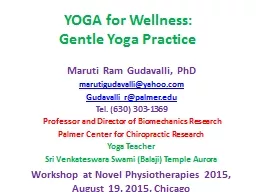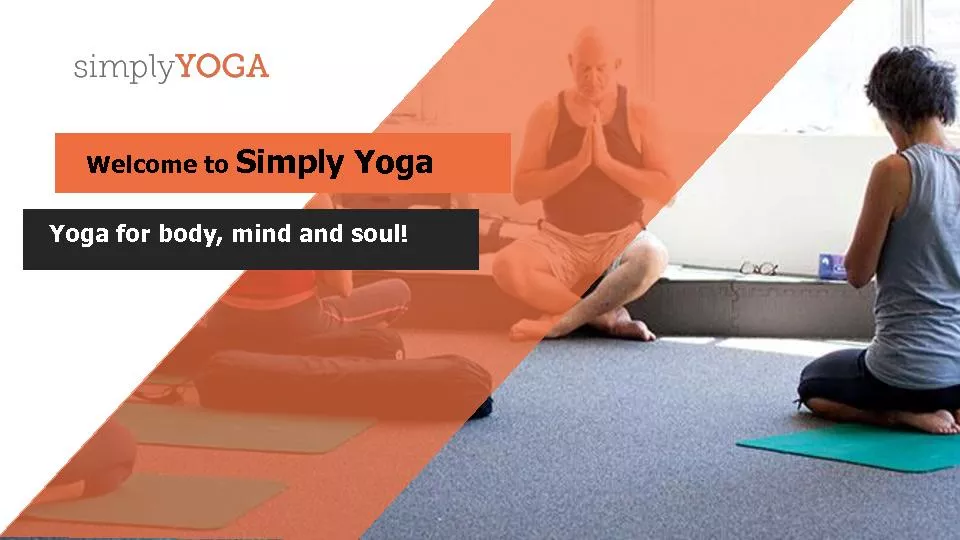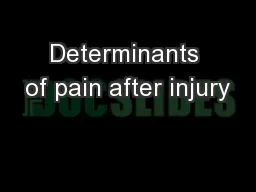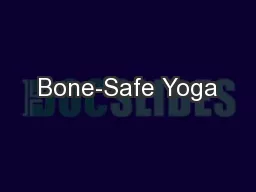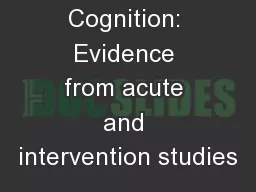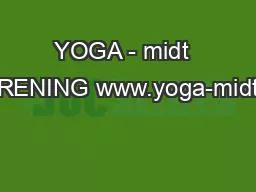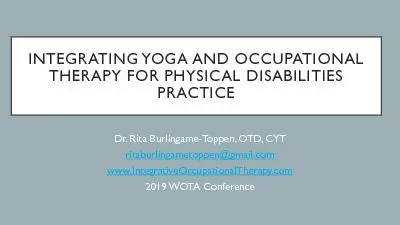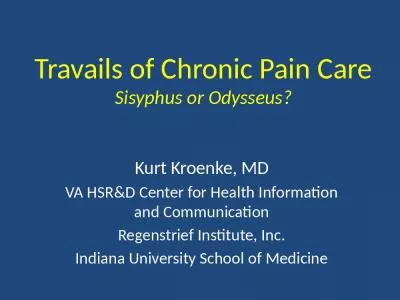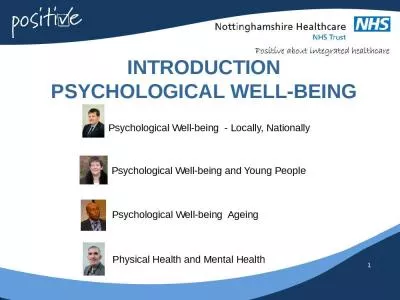PPT-Effectiveness of Therapeutic Exercise and Yoga on Pain, Physical Disability, Psychological
Author : HoneyBun | Published Date : 2022-08-02
2 nd International Conference and Expo on Novel Physiotherapies London UK June 10 2016 DrBEULAH JEBAKANI AssoProfessor College of physiotherapy Mtpg amp Rihs
Presentation Embed Code
Download Presentation
Download Presentation The PPT/PDF document "Effectiveness of Therapeutic Exercise an..." is the property of its rightful owner. Permission is granted to download and print the materials on this website for personal, non-commercial use only, and to display it on your personal computer provided you do not modify the materials and that you retain all copyright notices contained in the materials. By downloading content from our website, you accept the terms of this agreement.
Effectiveness of Therapeutic Exercise and Yoga on Pain, Physical Disability, Psychological: Transcript
Download Rules Of Document
"Effectiveness of Therapeutic Exercise and Yoga on Pain, Physical Disability, Psychological"The content belongs to its owner. You may download and print it for personal use, without modification, and keep all copyright notices. By downloading, you agree to these terms.
Related Documents

